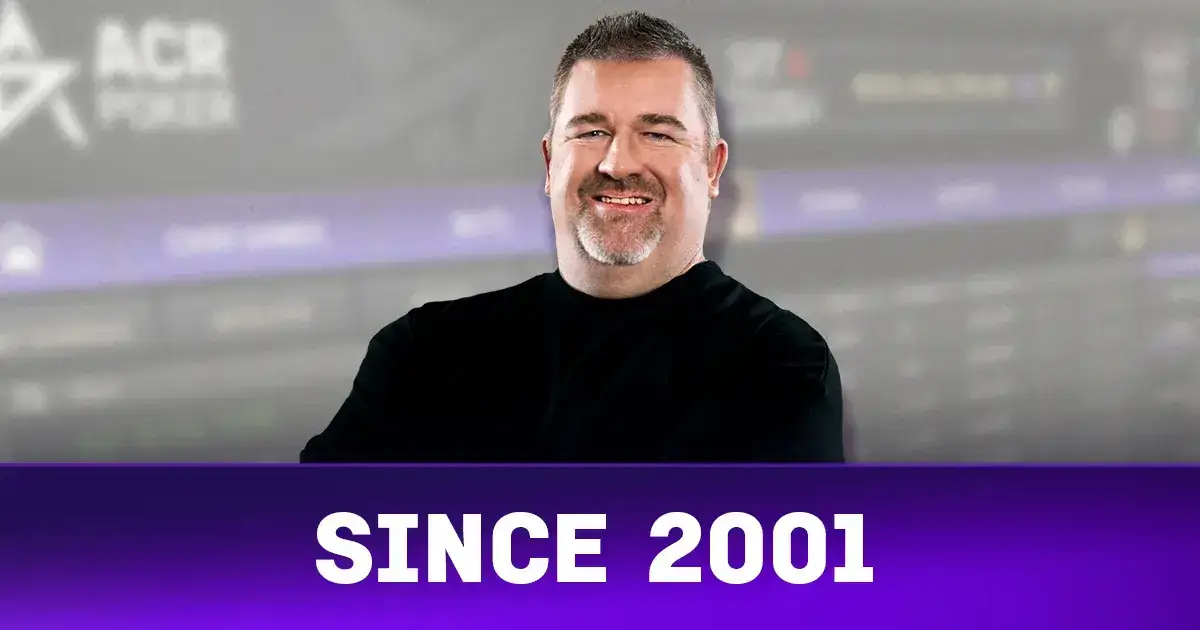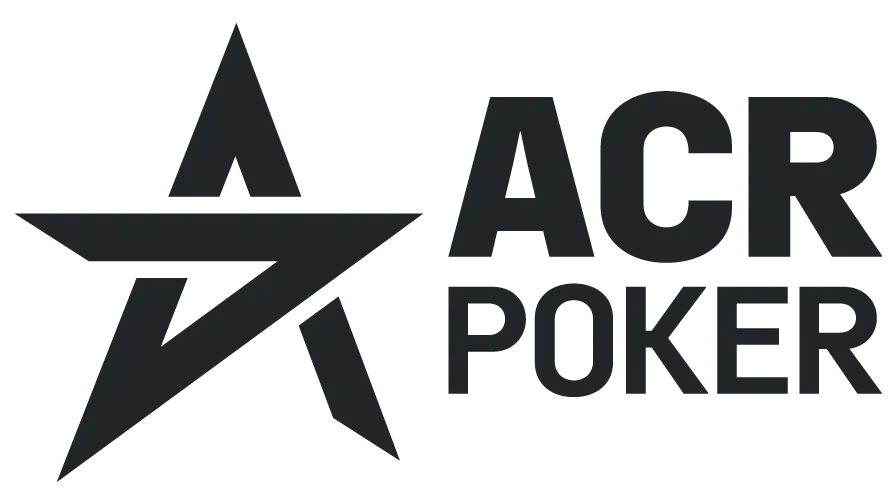Most players treat the call button as a defensive play. They call a flop or a turn because they do not want to fold strong but non-nut hands. That is safe, but it is not how winners think. When used deliberately, the call button is an offensive tool. It forces opponents to make mistakes, extracts value from bluffs, and sets up huge fold equity later in the hand.
This guide shows you when to call, how to convert passive calls into aggressive second acts, and how to punish continuation bettors across board textures, player types, and stack sizes.
The Mindset Shift: Call as Action, Not Surrender
Calling does two things that betting does not:
- It keeps your opponent in the hand, encouraging them to barrel with marginal holdings and bluffs
- It gives you a second act. You can raise later, check-raise, or lead a river with a stronger story
When to Prefer Calling (The Math and The Psychology)
Call more when one or more of the following are true:
- You have a hand that wants to see another street cheaply. Examples: medium pocket pairs, second pair with a good kicker, backdoor flush draws
- Villain has a wide c-bet frequency and will barrel with air. Passive reg or rec who bluffs too much are perfect targets
- The flop is dry and cheap to continue. On K-7-2 rainbow you can call with a much wider range than on Jh Th 8d
- You have position and can control pot size. Being last to act gives you a better second-act plan
- You block the nuts or relevant value combos. Having a blocker to the strong parts of villain’s range makes later bluffs more credible
🚨 Do Not Call Mindlessly
Fold when:
- Opponent’s stats and line show a very narrow, value-heavy range
- Stack depth makes postflop play favor check-fold lines for you
- You have zero equity and no plan on later streets
How to Turn the Call Into a Weapon: Three Core Plays
🎯1) The Float and Punish
Float = call a c-bet on the flop with the intent to take it away later.
How to execute:
- Call a small c-bet on a dry board with a backdoor draw or weak pair
- If villain checks the turn, bet for value or check-raise as appropriate
- If villain fires again on the turn but gives up on the river, consider a river squeeze or a delayed bluff
Best vs: aggressive c-betters who give up to pressure on later streets.
💪2) The Check-Raise for Protection and Value
Calling the flop can be followed by a check-raise on the turn when the board or villain’s sizing indicates weakness.
How to execute:
- Call the flop with a hand that improves on many turn cards or has good equity
- If the turn brings a card that favors your perceived range, check-raise to fold out hands like top pair weak kicker
- Use sizing that puts villain to a decision for most of their stack when appropriate
Best vs: players who continuation-bet but refuse to fold to strong turn pressure.
🔄3) The River Conversion (Lead or Overbet)
After calling earlier streets, you can transform into the aggressor on the river when a scare card hits or when your read shows villain can fold strong but non-nut hands.
How to execute:
- If the river completes a likely draw and villain shows weakness, lead a polarizing size or overbet to maximize fold equity
- If you have a near-nut or nut hand, lead smaller to get called by worse
- The more consistent your story across streets, the more folds you will get
Best vs: opponents who are risk-averse on the river or who check-fold to big river sizes.
Board Textures and the Call Plan
🏜️Dry Boards
Examples: K-7-2 rainbow, Q-6-3 rainbow, 8-4-2 rainbow
- Call widely. Villains bluff more and your plan to raise later often works
- Caution: if villain is a disciplined player who only c-bets with value, tighten up
🌊Wet Boards
Examples: Jh Th 9s, 9s 8s 7c
- Call much narrower. You need to have equity or strong blockers
- If you float, expect big turn and river aggression. Have a clear turn plan
🎨Two-Tone Boards
Example: Ad Qd 6c
- Calls are useful if you have blockers or backdoor draws
- Turn cards that fill draws create opportunities to lead
🔴Monotone / Paired Boards
When the board pairs or makes heavy flush/straight possibilities, preferring positional call with a plan is essential. Do not get raised off your equity without a counter-plan.
Opponent Types and Adjustments
🎭Recreational Players
- Tend to over-bluff and under-fold on later streets
- Float aggressively and plan to value-bet or check-raise the turn
- Use smaller sizes to induce bluffs and then punish on the river
🐌Passive, Small-Ball Players
- They c-bet small and fold to pressure
- Float and apply turn pressure or use river overbets
⚡Aggressive Regs
- They barrel frequently and will sometimes over-apply aggression
- Call more carefully and rely on blockers and range-based reasoning
- When you call, have a line to extract value rather than bluff the river without strong blockers
🔒Very Sticky Calling Stations
- They call down light. Avoid bluffing and focus on value protection
- Use calls to see showdowns, then extract when you improve
Sample Hands with Decision Paths
Hand A — Dry Flop Float Turned Into Fold Equity
Action: Villain opens UTG, you call on button with Qd Jd
Flop: Kc 7s 2d. Villain c-bets small. You call.
Turn: 9d. Villain checks. You lead 60% pot. Villain folds middle pair.
Why it worked: Board was dry. The turn gave you a believable improvement and opponent showed weakness by checking.
Hand B — Call Then Check-Raise Turn
Action: Villain opens from CO, you call with 9s 9c on the button
Flop: Jc 8d 3d. Villain bets. You call.
Turn: 2s. Villain bets again small. You check-raise all in. Villain folds top pair.
Why it worked: Your call kept weaker hands in. The turn was blank so villain’s continued small bets indicated weakness; check-raise pressure was convincing.
Hand C — Don’t Float vs a Maniac
Action: Villain opens, you call with Ac 5c
Flop: Th 9h 3d. Villain overbets.
Decision: Fold.
Why you fold: Overbet on a draw-heavy flop from a maniac usually means strength or an attempt to fold out medium hands. No reason to float without plan or sufficient equity.
Common Mistakes and How to Avoid Them
⚠️ Critical Errors to Avoid
- Calling with no plan. Always decide what you will do on the next street before you call
- Calling too wide vs 3-bet-heavy players. They will often 3-bet or raise-turn with hands that dominate you
- Chasing invisible equity. If you have only backdoor possibilities and no blockers, folding is often correct
- Ignoring stack sizes. Deep stacks allow more sophisticated floats; shallow stacks favor folds or shove lines
- Forgetting table image. If you are perceived as passive, opponents will abuse you. Build an image that supports later aggression
Tournament vs Cash Game Considerations
🏆Tournaments
ICM makes pure river bluffs more expensive in late stages. Float and punish earlier, but be cautious when fold equity may cost you your tournament life. Use call setups more often in earlier phases.
💰Cash Games
Deeper stacks and lower ICM pressure make float and punish strategies more profitable. You can call wider and apply larger turn/river pressure.
Quick Checklist Before You Call a C-Bet
- Do I have a plan for the turn and river?
- What type of opponent am I facing?
- Is the board texture favorable for floating?
- Do I block the nuts or key value combos?
- What are stack sizes and tournament implications?
If you can answer these confidently, a call may be your best weapon.
Final Thoughts
The call button is not a retreat. It is a strategic setup that invites error, extracts value, and shifts momentum. Float when it makes sense. Check-raise when the story fits. Convert a defensive call into calculated aggression and you will punish continuation bettors for the predictable way they play.
Ready to Weaponize Your Calls?
Put these advanced strategies to work at Americas Cardroom. Start applying these techniques and watch your opponents make costly mistakes.
Start Playing Today
